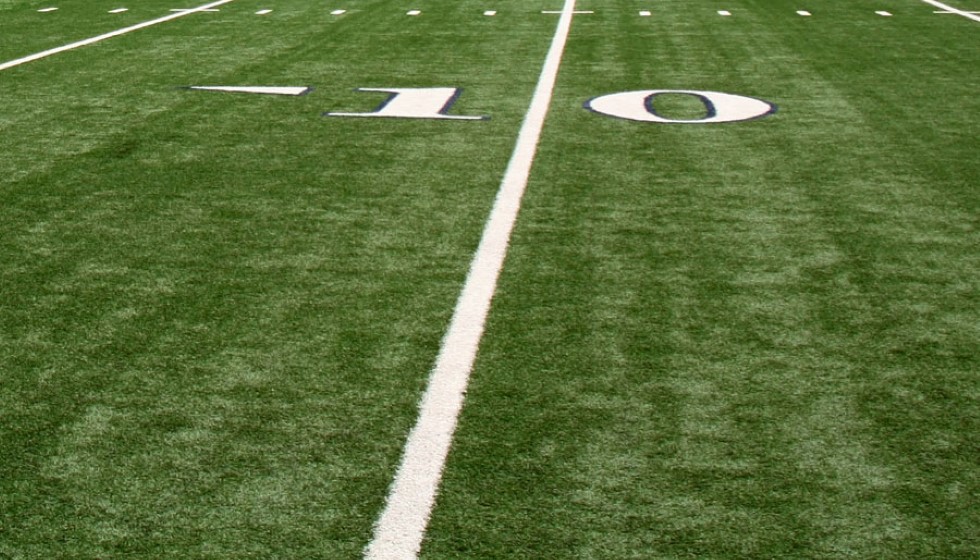
NFL's Apparel Deal: A Game-Changer in Progress
The National Football League (NFL) finds itself at a pivotal juncture as the current uniform partnership with Nike inches toward its conclusion in 2027. This deal, an essential component of the NFL's broader commercial strategy, has fundamentally shaped both financial and branding landscapes since 2012, when Nike replaced Reebok as the league’s official uniform manufacturer.
The Saga of NFL Uniforms: Nike's Reign
In 2012, Nike triumphantly took the reins from Reebok, inaugurating a new era in NFL apparel history. This move was much more than a simple change of guard; it marked a significant shift as the league sought to centralize uniform manufacturing, moving away from individual team deals with a variety of brands like Adidas, Logo, Puma, Reebok, and Starter. Through its decade-plus tenure, Nike has masterfully wielded its influence—not only in garment design but also in technological innovations, such as its contract provision that allows teams to feature up to three distinct helmet styles.
This innovation has provided a canvas for teams across the league to explore creative and visual identities. Case in point: the recent comprehensive redesigns undertaken by the Denver Broncos and Houston Texans. These overhauls are emblematic of how NFL teams can leverage uniform aesthetics to invigorate their brand, reignite fan passion, and cultivate a renewed sense of team spirit.
Bidding Wars: Let the Contest Begin
As the clock ticks down on Nike's current deal, the NFL has opened the doors to an "open and active" bidding process for its next apparel partnership. This is not merely a contractual formality; rather, it holds profound implications for the league's future sports culture, business strategy, and fan engagement. The decision on the next uniform partner is more than a choice of vendor—it is a strategic investment with long-term repercussions for both the NFL and its myriad stakeholders, ranging from players and fans to sponsors and broadcast partners.
The stakes are high, reflecting the complexities woven into modern sports commercialism. An apparel deal isn't just about the uniforms worn on game day. It encompasses a wide array of branding opportunities that can significantly influence how the league is marketed and perceived. From increasing merchandise sales to enhancing brand visibility and affinity among fans, these partnerships serve as key pillars in the NFL's financial strategy.
The Road Ahead
As various industry giants prepare their pitches, the NFL stands at a crossroads. Betting on the right partner could drive the league to even towering financial heights and broaden its footprint on the global stage. Yet, the selection process is as much about the aesthetics and material science behind the uniforms as it is about understanding fan sentiment and aligning with a partner that resonates culturally with the NFL's diverse audience.
The outcome of this bidding war will surely capture the attention of not only fans, who await fresh jersey releases with bated breath but also business analysts and sporting pundits who understand the highly competitive nuances embedded within today's sportswear industry.
While the future remains unwritten, one fact is clear: the NFL's subsequent apparel deal will be a colossal chapter in the league’s illustrious history, one that will influence the fabric—quite literally—of the game for years to come.